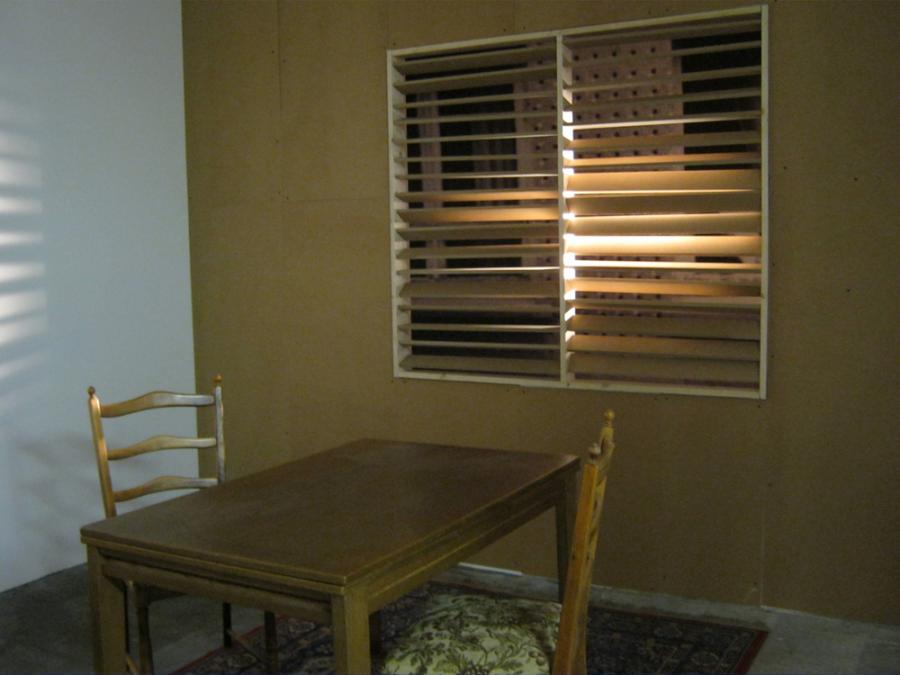Zwölf im Zwölften
Zwölf im Zwölften

Twelve artists, one background: Turkey
There is no conceptual or formal framework that connects all of the works in the exhibition Zwölf im Zwölften at Tanas; the premise of the show is purely biographical: all of the participating artists are from Turkey and are currently practicing abroad. The exhibition consists of the twelve artists featured in the book, At Home, Wherever, the last in the series Contemporary Art in Turkey, edited by René Block, the director of the gallery. Why are these Turkish artists living abroad? It is a tradition in Turkey to go elsewhere for education, and many artists expressed their frustration with the lack of government funding available for the arts. Most artists were in agreement that they really felt no other option than to go abroad in order to further their artistic development.




